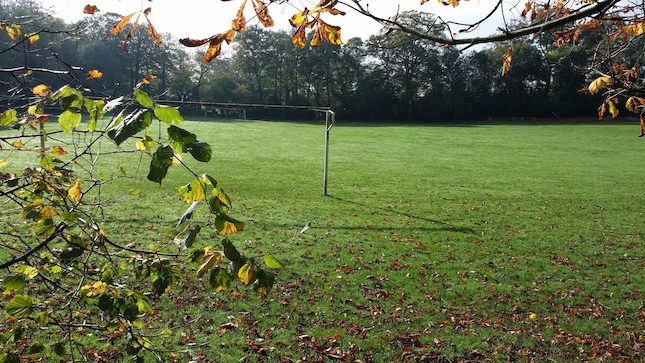Mystery, Clues, Action
How to Bring Action to Your Mystery
Mystery tropes like – the corpse, evidence hunt, sweating the perp, summation – comprise elements of the mystery novel readers expect. Action scenes will help build tension and, a well-written action scene pulls your reader into the story.
Don’t overlook action scenes to add dimension and empathy to your story. Action scenes have a place in the various mystery sub-genres. Just because you’re not writing a police procedural don’t overlook adding action to your mystery. An action scene is not necessarily a fight scene. Enhance even the coziest cozy with your heroine eavesdropping behind the commemorative statue in the town square.
Action Scene Basics
Action scenes can be written in a variety of styles. Read authors who write great action scenes to get a feel for how they are written and in differing styles. The Write Life suggests a few:
Mario Puzo, Lee Child, Karin Slaughter, John Connolly, Deon Meyer, Patricia Cornwell, Elmore Leonard, Louis L’Amour, Larry McMurtry and Robert B. Parker have all written novels chock full of bad characters doing very bad things.
Action Scene Basic 1 – Tone
Write in the style of your story. Avoid changing the tone because you’ve read Elmore Leonard and want to imitate his style. The scene should feel like an integral part of your story. If you write action in another style, it will jar your reader out of the story instead of being pulled into the tense moment.
Action Scene Basic 2 – Pace
Slow down and speed up. Slow down the pace to guide your reader through the action. Don’t just describe the blows, tell the reader how your protagonist sleuth responds. A straight blow by blow of punches and counter blocks isn’t enough. Describe your sleuth’s physical reactions. Describing the fight in this way makes it immediate to your reader and gives the feeling of speeding the action.
Action Scene Basic 3 – Minimize Feelings
If you’ve ever been in a fight or attacked, you know feelings don’t play a part in action. They come later. At the time of the action, the sleuth’s priority is winning the fight, catching the bad guy, getting to the next bend in the road without trashing the vehicle, etc. She’s not thinking about how her friend Norman is doing right now.
Action Scene Basic 4 – Move the Story Forward
Like any scene in your novel, the action scene must move the story forward. Your sleuth either gets closer to the perp or loses the round. The action scene must fit into the story leading your reader to wonder what comes next. An action scene just to have action bogs down your story. You reader will wonder why it is happening. Any time a reader stops being in the story to wonder or think you’ve lost them. The action scene must advance the story.
Action Scene Basic 5 – Be Realistic
A heroine who has no training will not win a fight with three trained assassins. Do your research. If your hero is in a car chase, watch simulations or play video games to get a feel of how quickly you must react in a fast-moving car. Things can spin out of control very quickly. Learn some basic fighting movements like the difference between a thrust and an undercut. Learn how a sidekick differs from a knee to the groin. Do the moves. It’s research. The more you understand the movements, the better you can make them come alive for your reader.
Enliven Your Mystery
Creating clues and suspects is part of the puzzle of writing a mystery. You can enliven your story with well-placed action scenes. Keep the basics in mind. You may find action scenes are fun to write. And, best of all, they keep your reader turning pages.
Zara Altair






